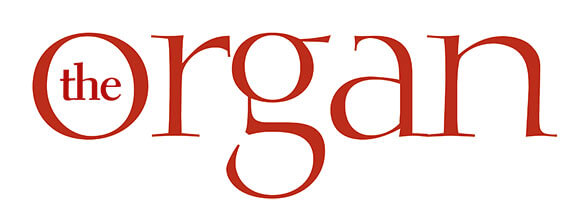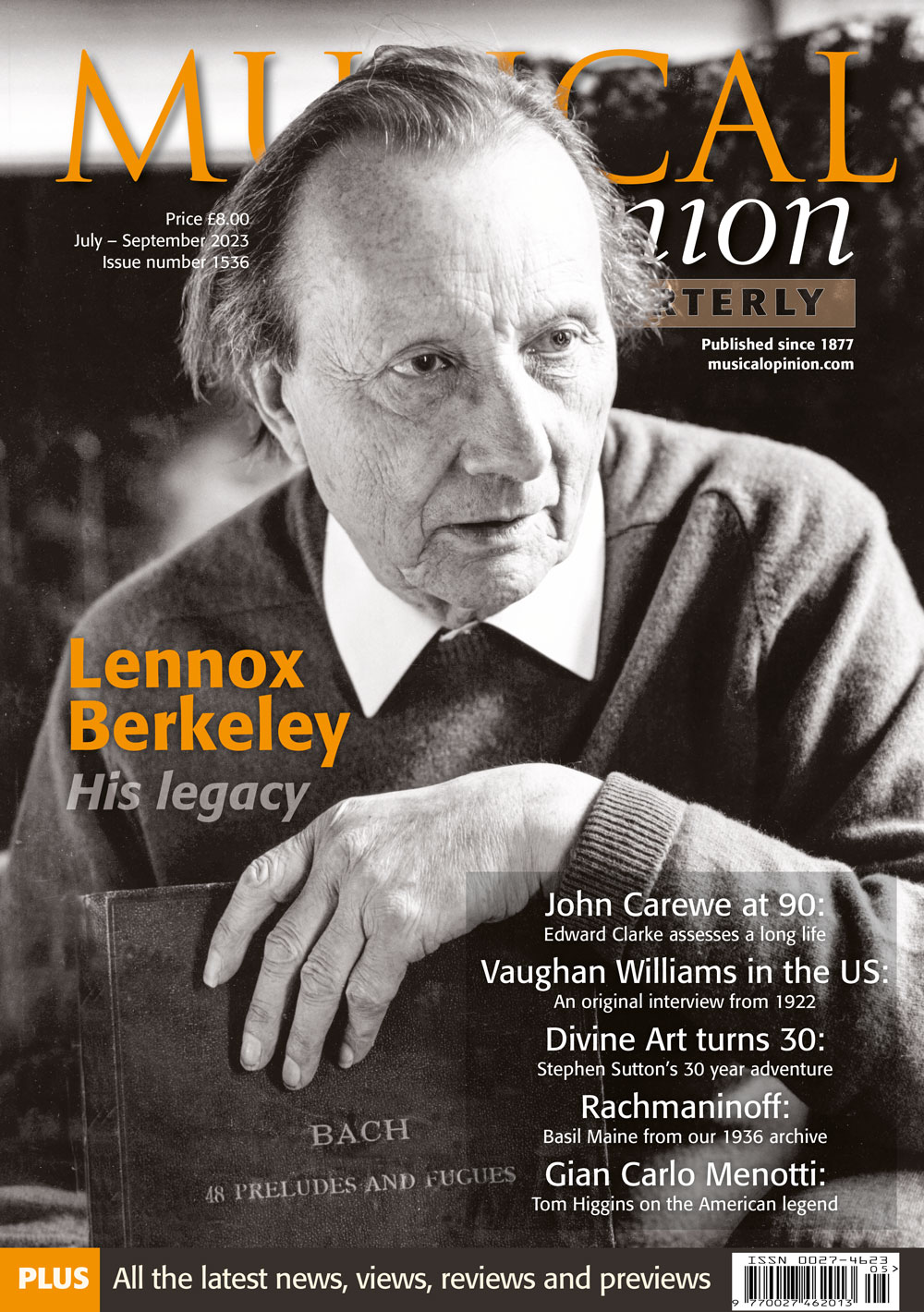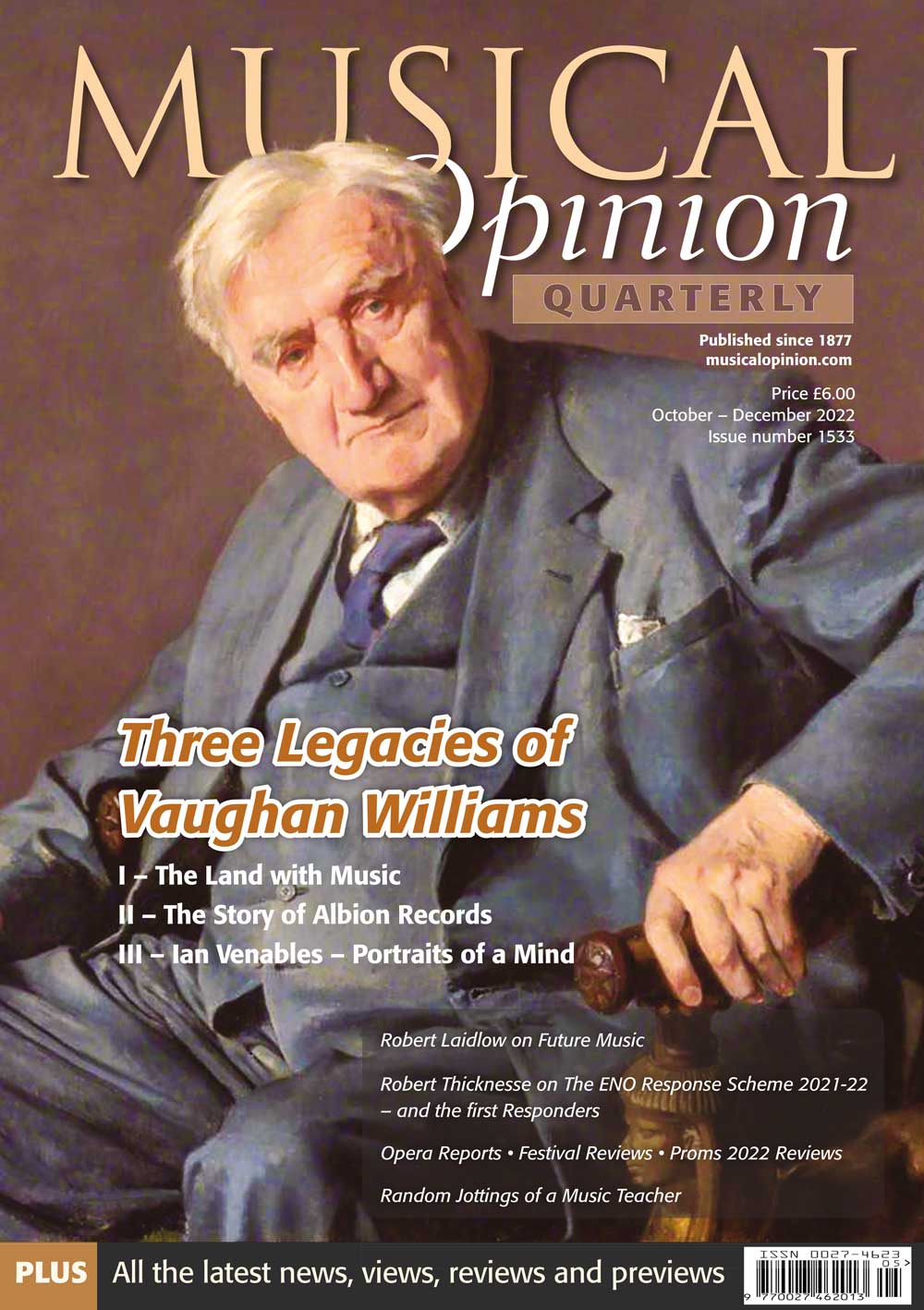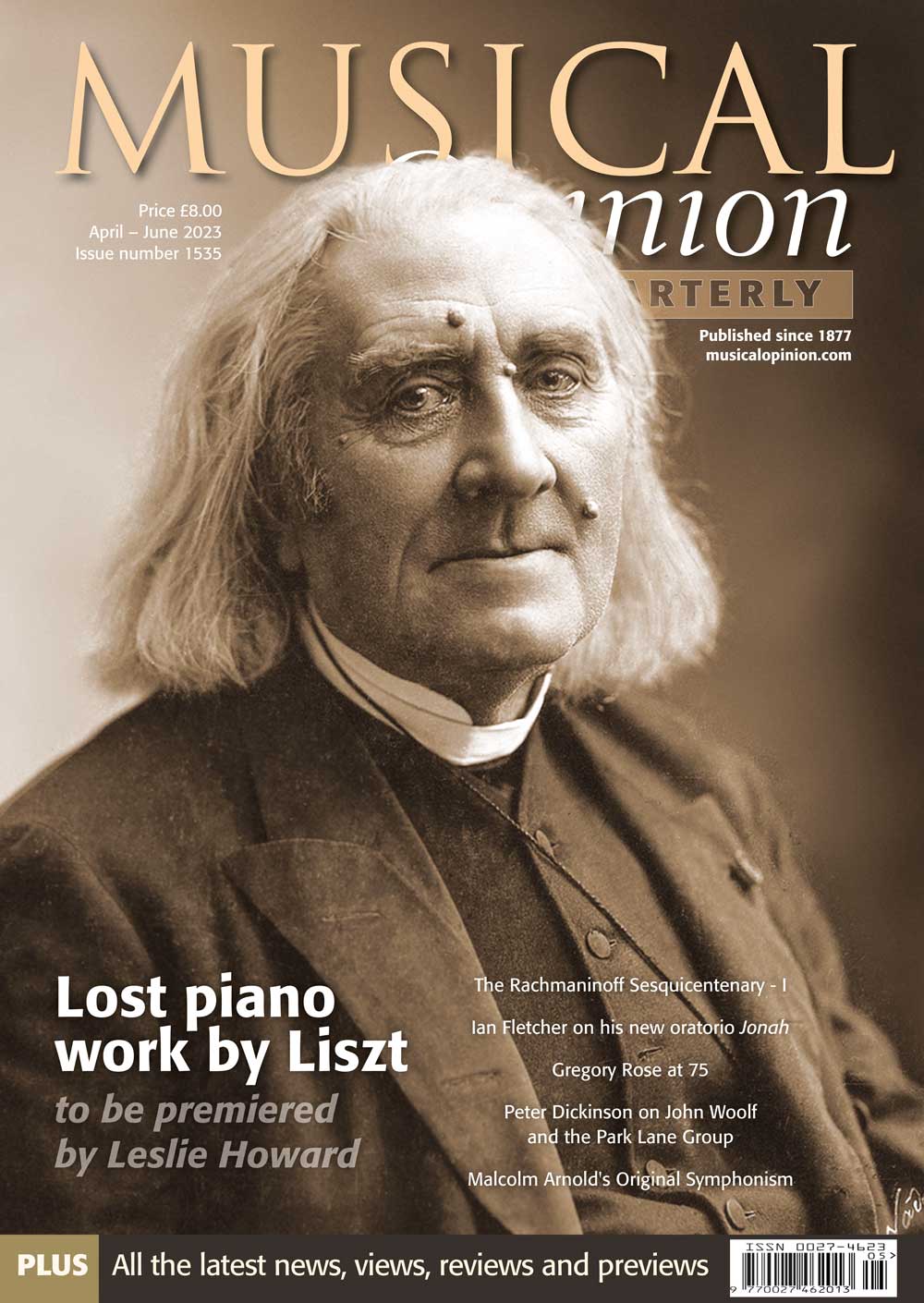Suite de Pièces pour Violon et Orgue
Previous Issues
Spring 2024. 408
Winter 2024. 407
Autumn 2023. 406
Summer 2023. 405
Spring 2023. 404
Winter 2023. 403
Autumn 2022. 402
Summer 2022. 401
Spring 2021. 400
Winter 2021. 399
Autumn 2021. 398
Whilst staying at A4 size and 56 pages, the magazine has been completely redesigned with different fonts (more easy to read), bigger photopgraphs, more focus on things like specifications and more CD reviews of organ repertoire.
Summer 2021. 397
Winter 2021. 395
Spring 2021. 396
Autumn 2020. 394
Summer 2020. 393
Spring 2020. 392
Winter 2019. 390
Autumn 2019. 389
Explore By Topic
January-March 2025. Issue 411
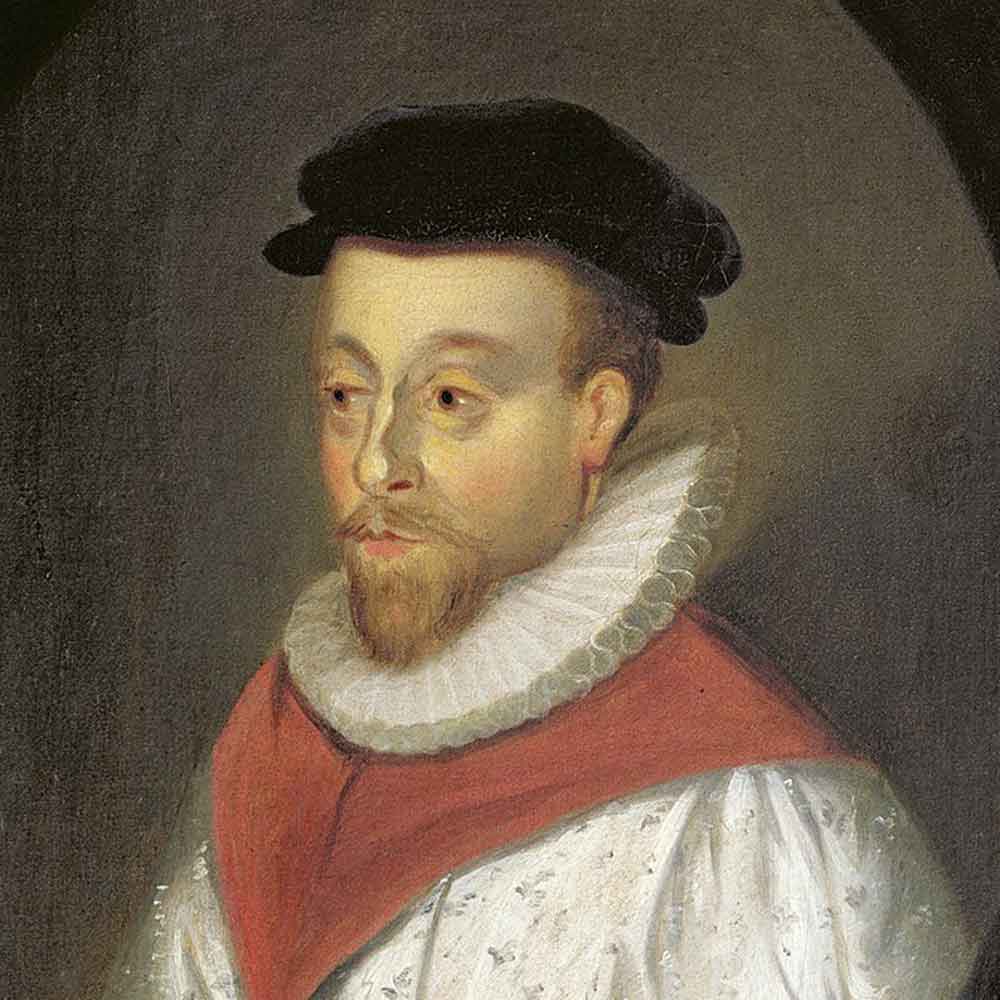
Organ anniversaries 2025
In 2025 there are several composers of music for organ or stringed keyboard instruments whose anniversaries can be commemorated, although some of the dates are not known for certain; some of the names listed below will need no introduction but there are also quite a few lesser-known names whose compositions are well worth exploring. No claim is made for completion, a few composers with only a few works, mainly represented in anthologies or difficult to obtain editions, have been omitted and there is no guarantee that every edition mentioned is in print – there may also be complete or partial editions by other publishers, some of which may also be difficult to obtain.
An increasing number of pieces, ranging from digitised versions of original publications/mss (which present the usual problems of multiple clefs as well as original printer’s errors) to typeset versions of complete or individual works, are to be found on various free download sites, most noticeably IMSLP and Free-scores; however, the accuracy of some modern typesetting is questionable, and all should be treated with caution before use.
20 composers – their details and works.
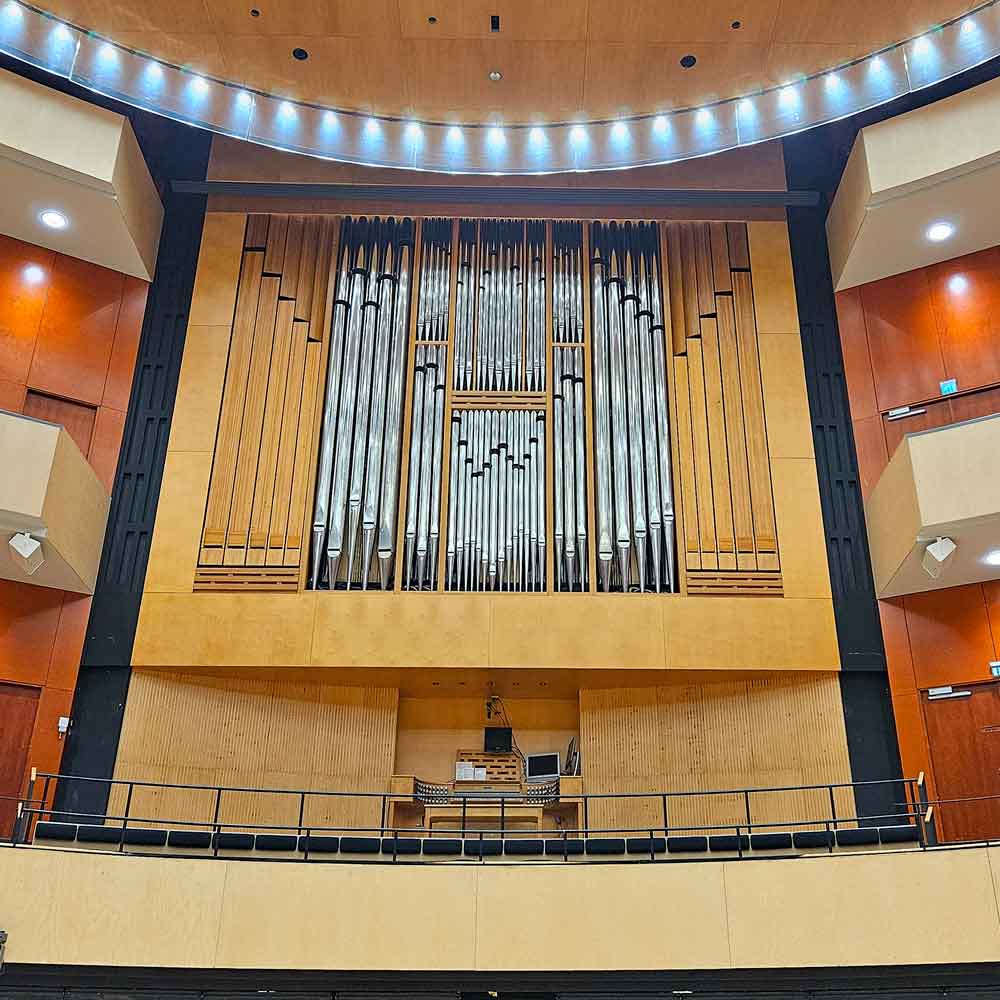
Sibelius Hall Organ in Lahti, Finland
Dr Michał Szostak
The Republic of Finland is a Nordic country in the northern part of Europe that borders Sweden to the northwest, Norway to the north, Russia to the east, with the Gulf of Bothnia to the west and Finland to the south, opposite Estonia. Finland covers a total area of 130,559 sq miles, including a land area of 117,304 sq miles, and has a population of 5.6 million citizens who are primarily ethnic Finns. Helsinki is the capital and largest city. Finnish and Swedish are official languages; however, 85% of the population speak Finnish. The land cover is a boreal forest biome, with over 180,000 recorded lakes.
The article describes the general background of organ building in Finland, the history and the figures of artistic directors of the Lahti Organ Festival, the Sibelius Hall in Lahti and its organ being one of the main venues where the Festival takes place recently, and finally the characteristics of Grönlunds Orgelbyggeri that built the organ at the Sibelius Hall in Lahti.
Full specifications.
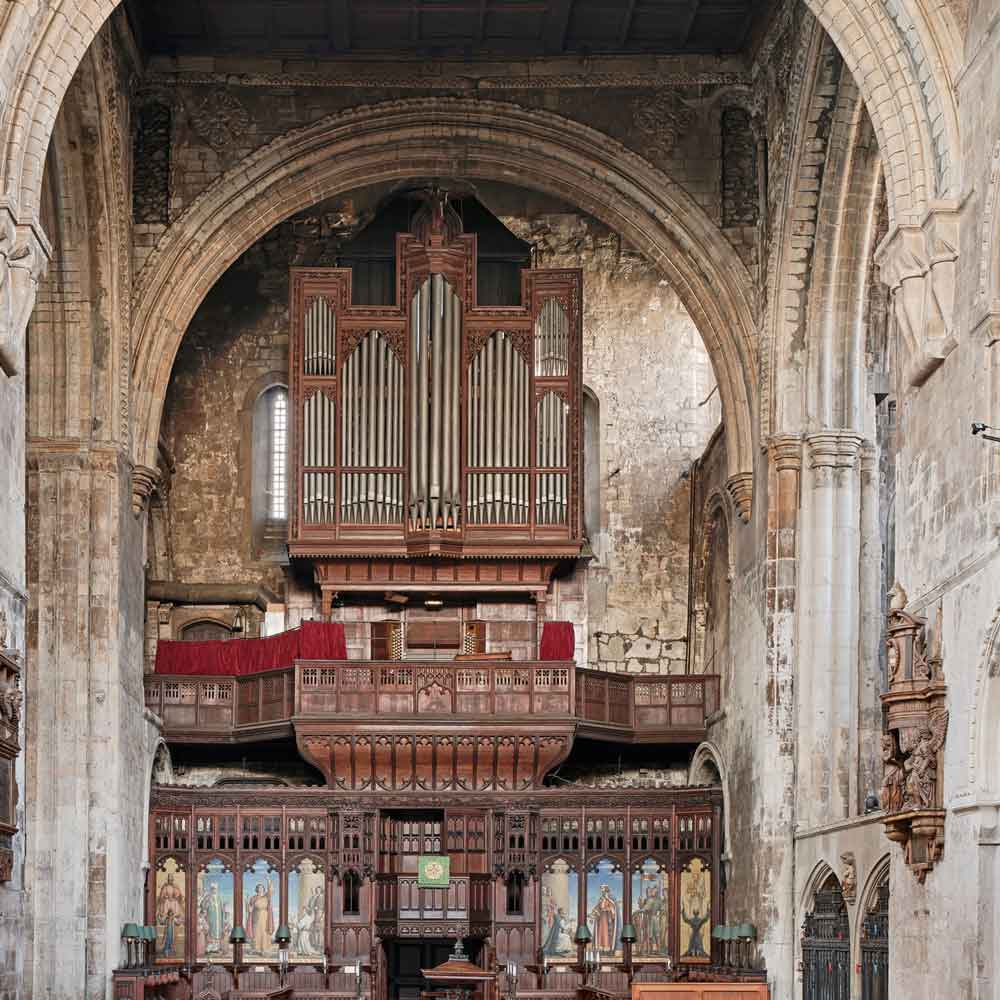
St Bartholomew the Great, Smithfield
Charles William Pearce [1905]
The old churches of London naturally divide themselves into two classes – those which escaped the Great Fire of 1666, and those which did not. Happily, the grand old Norman pile of St Bartholomew the Great, Smithfield, belongs to the former class. The story of its formation is a romantic one. Rahere, who in 1103 founded both the Priory and the Hospital of St Bartholomew, was a musician. A man of humble birth, he nevertheless succeeded by his wit, humour and minstrelsy in becoming ‘a welcome companion of nobles, and a guest at the Court of King Henry I.’ Presumably he made much money by the exercise of his many accomplishments. But, repenting him of the vanity of this kind of life, he made a pilgrimage to Rome; there dreamed a wonderful vision of St Bartholomew, and as a result of his ‘conversion’ returned to his native land, and founded in Smithfield this church and priory of Augustinian Canons.
The Augustinian Order being famous for its medical skill and learning, the foundation of the hospital followed as a natural sequence. By March, 1123, the priory church was partially completed, and the choir (which is all that now remains) was consecrated by Richard of Beauvais, Bishop of London. What we now see of St Bartholomews is of an older style of architecture than that of the Temple Church. In 1133, the church was finished, and King Henry II granted to the priory the privilege of holding a three days’ fair for the sale of cloth in the precinct still called Cloth Fair.
Full specifications.
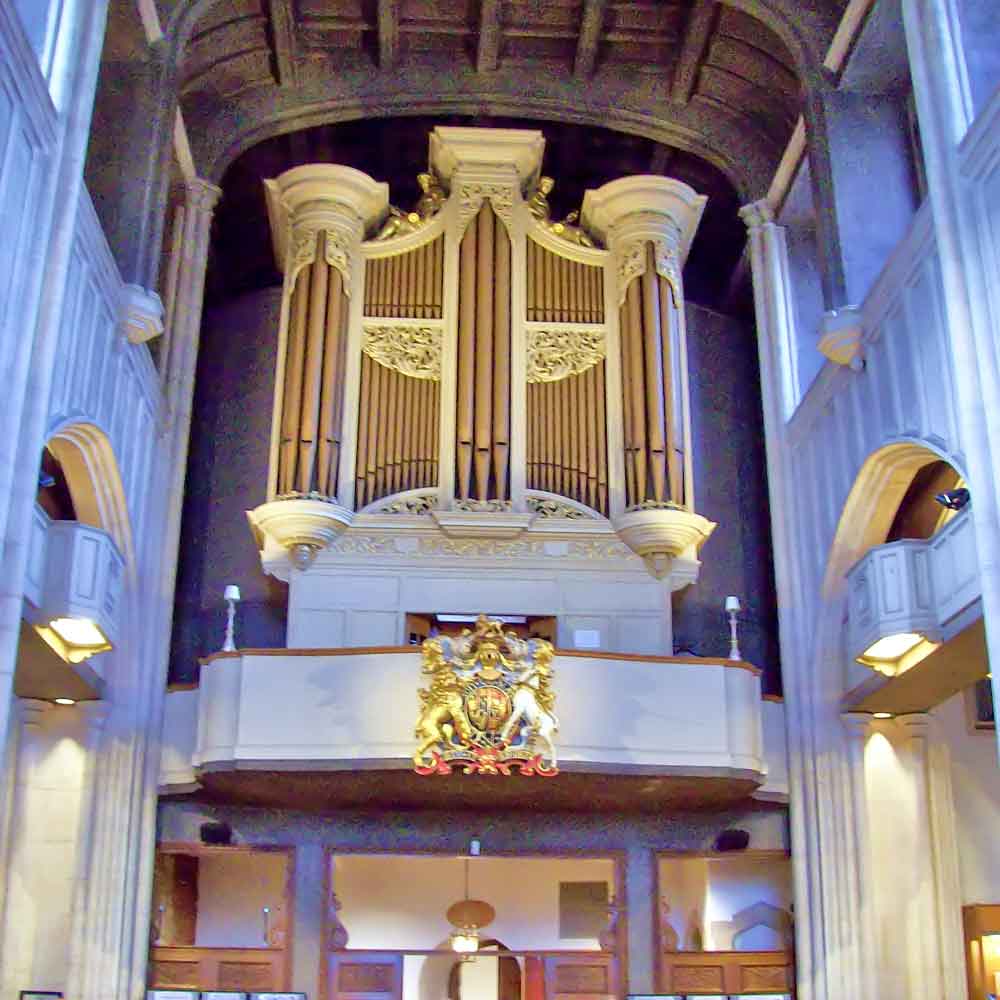
Churches dedicated to All Saints (All Hallows)
Charles Williams Pearce
Wheatley remarks that about the year A.D. 610, the Pantheon at Rome – a temple dedicated to all the gods – was taken from the heathen by the Emperor Phocas, at the desire of Boniface IV, Bishop of Rome, who re-dedicated it in honour of all the Christian martyrs, May 1st being appointed as the feast day. Two centuries later, by order of Pope Gregory IV, in A.D. 834, the Feast of All Saints was removed to November 1st, where it has stood ever since in the Kalendar of the Catholic Church.
The old English name for this festival is All Hallows. Before the Great Fire of 1666, the City of London could boast of no less than the following eight churches dedicated to All Saints, but called by the old English name ‘All Hallows’.
Full specifications.
